Thousands of ships continually sail the oceans to move people and goods. Just like any other machine a ship requires frequent maintenance and repairs. Every two years or so, ships dock in your shipyard for assessment and repair. A unique challenge that other means of transport don’t face is the sheer corrosiveness of the ocean. Ship repair costs can quickly pile up, especially if part replacement is used over component restoration.
If you run a shipyard, you’ll want to keep up with the latest and most innovative shipyard repair techniques. Cold spray has emerged as a revolutionary method for fixing metallic objects with less time and better efficiency. Rather than removing and replacing parts, they can be repaired in situ, because cold spray is a solid-state inert-gas driven process. There are no flames or arcs.
While cold spray reduces the need for component replacement, it can also be expensive to set up. Because of this, we compiled a list of reasons why mobile cold spray repair can help your shipyard save money and is therefore worth investing in.
Thermal Spray Repairs
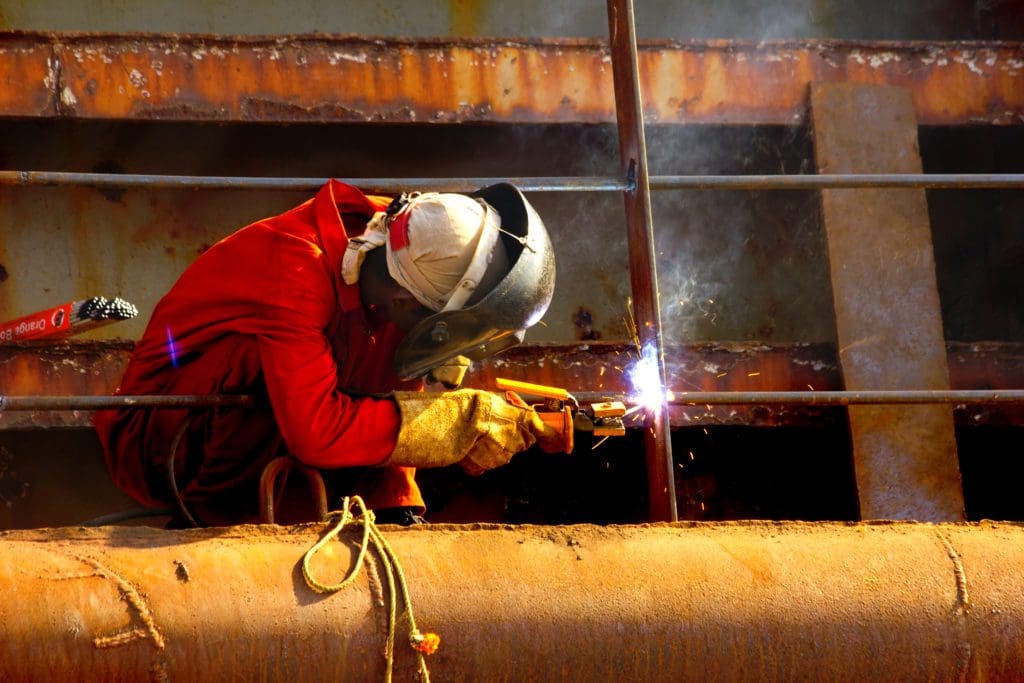
Traditional weld overlay fixes damaged parts by welding metallic parts together, or by depositing a weld layer on a part. It is a melt-based process involving flames or arcs, with high process temperatures. The repaired zone forms a distinct layer between the metallic parts, the solid fused bonds, and there are heat-affected zones around the patch.
Unlike welding overlay, cold spray technology is a solid-state technology which can apply metal coatings to a damaged surface without arcs or flames. Shipyard repairs with cold spray reduce the need for cutting and welding. Instead, a metallic coat is sprayed on the damaged area to form a continuous patch without distinct solid joints or heat-affected zones. Hard particles can readily be incorporated to provide added wear resistance.
Removing parts from ships can be enormously time and resource-consuming. For shipyards cold spray is a cost-efficient technique because it helps restore damaged parts to their original shape in situ, instead of welding or replacing entire parts. In addition, since the cold spray process uses lower heat input, there is less thermal stress on surrounding areas during repair, preventing heat-affected zones and reducing shipyard repair costs. It also poses much less of an ignition hazard, as there are no flames, no arcs, and no molten metal.
Using Better Materials For Repairs
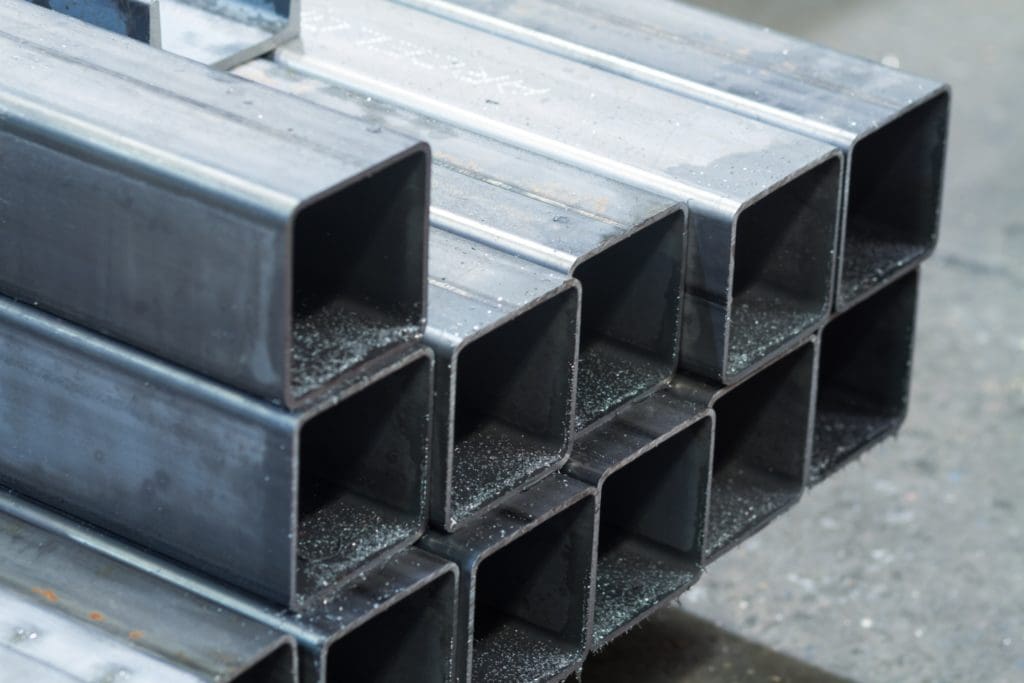
Cold spray technology works with various metals such as carbon steel, stainless steel, zinc, aluminum, copper alloys, nickel-based alloys (including superalloys such as Inconel 625), and titanium. With cold spray, you can use similar metals on metals for patchwork. But, more importantly, you can use different metals to patch up the substrate and improve the corrosion resistance and damage-resistance of a ship component.
For instance, VRC®Dragonfly™ high-pressure coating system produces metallurgical bonds up to 10 times stronger than low-pressure cold spray. The replacement metal diffuses evenly on the surface to form smooth patching. Thanks to the heat, the metals adhere to each other, and the bond created has no discontinuity or oxide films.
By using cold spray repair with better metals, ships can endure more extended service with less damage to replaced parts. Overall, this technique reduces the overall cost of frequent repairs and provides ships with options for parts repair instead of complete replacement.
Reduced Risk For Shipyard Fires
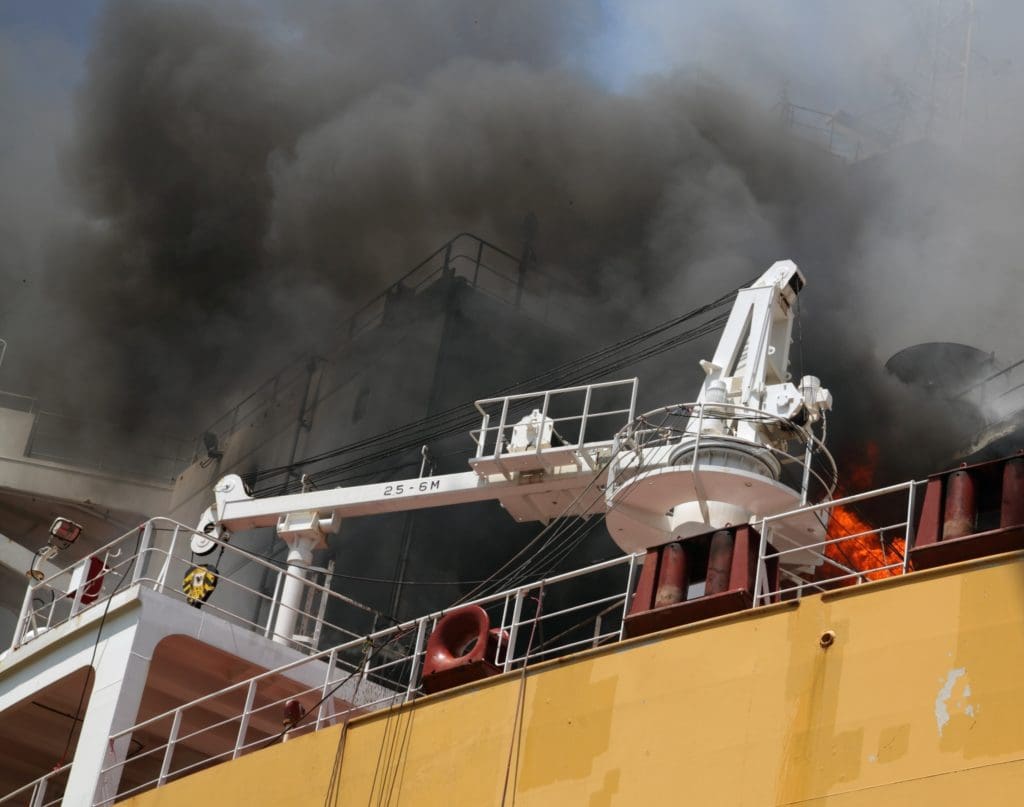
Shipyard fires are unfortunate but are a frequent occurrence on docked ships that need assessment and repairs. A vessel docked in a shipyard is at a much higher risk of fire than one in the waters, mainly because all systems are shut down. Systems such as ventilation are turned off to enable repairs, which further exposes a vessel to fire.
The fire risk is further exacerbated by repair techniques that cut, weld, and grind metallic parts. Whats, more, the repair crew uses runners and plywood in circulation spaces, increasing the ship’s flammable materials.
Cold spray reduces the risk of fire by eliminating high-heat repair techniques. There is no cutting and welding of metallic parts with cold spray since the metal deposition is applied directly to the damaged part. There is no molten metal, no arcs, and no flames. Fewer ship fires mean fewer costs spent putting out fires, fixing burned components, and replacing damaged parts.
Lower Heat-Affected Zones
Cutting out the damaged parts of a ship, especially with high heat tactics such as welding, sometimes produces heat-affected zones. These are non-metal areas that change properties due to exposure to high heat. As a result, HAZ may require replacement and repairs to ensure proper ship function.
The cold spray process has less heat input and high deposit efficiency. The heat and metal are focused on the area that requires repairs, and the lower heat input encourages faster cooling with minimal heat diffusion to surrounding parts. As a result, cold spray yields fewer HAZ and reduces overall maintenance costs.
Less Time Wastage
Replacing entire components after damage consumes time and money. In addition, remanufacturing components often increases downtime in your shipyard. Cold spray processes eliminate the conventional part replacement and enable parts restoration.
There is no need to manufacture parts if the old parts are salvageable. You can take the mobile VRC Raptor to the site of repair and deposit the metal alloys without pre-heating. As a result, you’ll spend significantly less time on repairs. Without pre-heating before repair, you can also save the time required for a part to cool down.
The time saved with the cold spray technique means you can cover more repairs within a fixed period without incurring more costs on shipyard repair.
Lower Metal Wastage
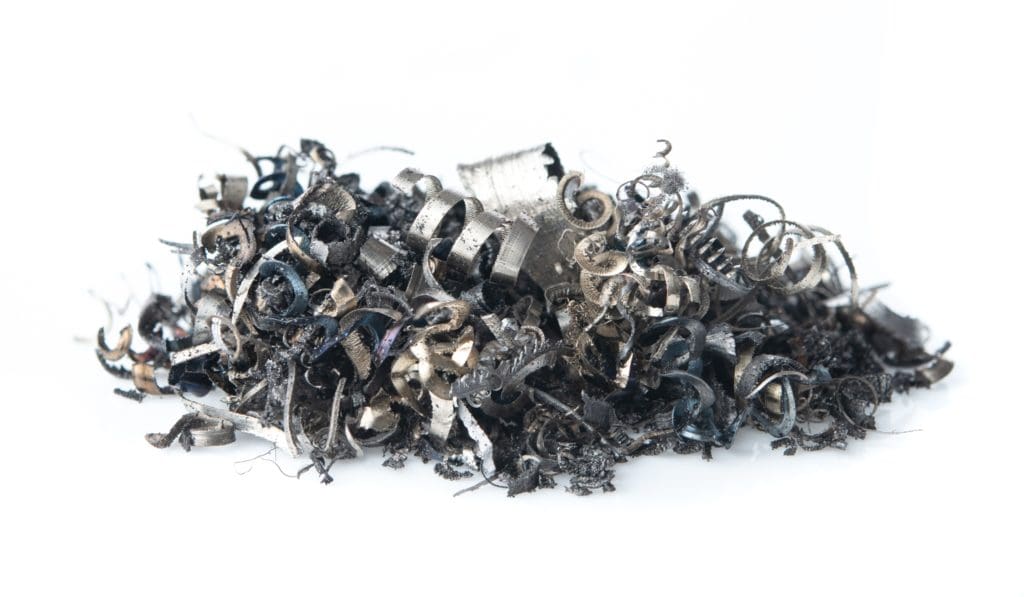
Sometimes, you need to manufacture a damaged component before repair. Traditional subtractive manufacturing produces more waste because it cuts away from the material instead of adding to it. The casting uses pre-shaped molds, which require refining before a component can be fitted on the ship.
However, cold spray uses additive manufacturing, where metal particles are deposited on a substrate as needed. Technicians can deposit metal directly onto surfaces without going through precasting and refining, which consume more material.
Overall, consuming less metal during repairs and reducing wastage during parts manufacture reduces shipyard repair costs.
Cold Spray Equipment Is Portable
Cold spray eliminates the need for warehouses, assembly plants, and intensive transport systems for equipment in your shipyard. VRC cold spray systems are portable and easy to fit into different spaces during repairs. Mobile cold spray repair costs are significantly lower than traditional repair lines that require intense setting up before operations can kick off.
How VRC Mobile Cold Spray Repair Can Help You Save Money
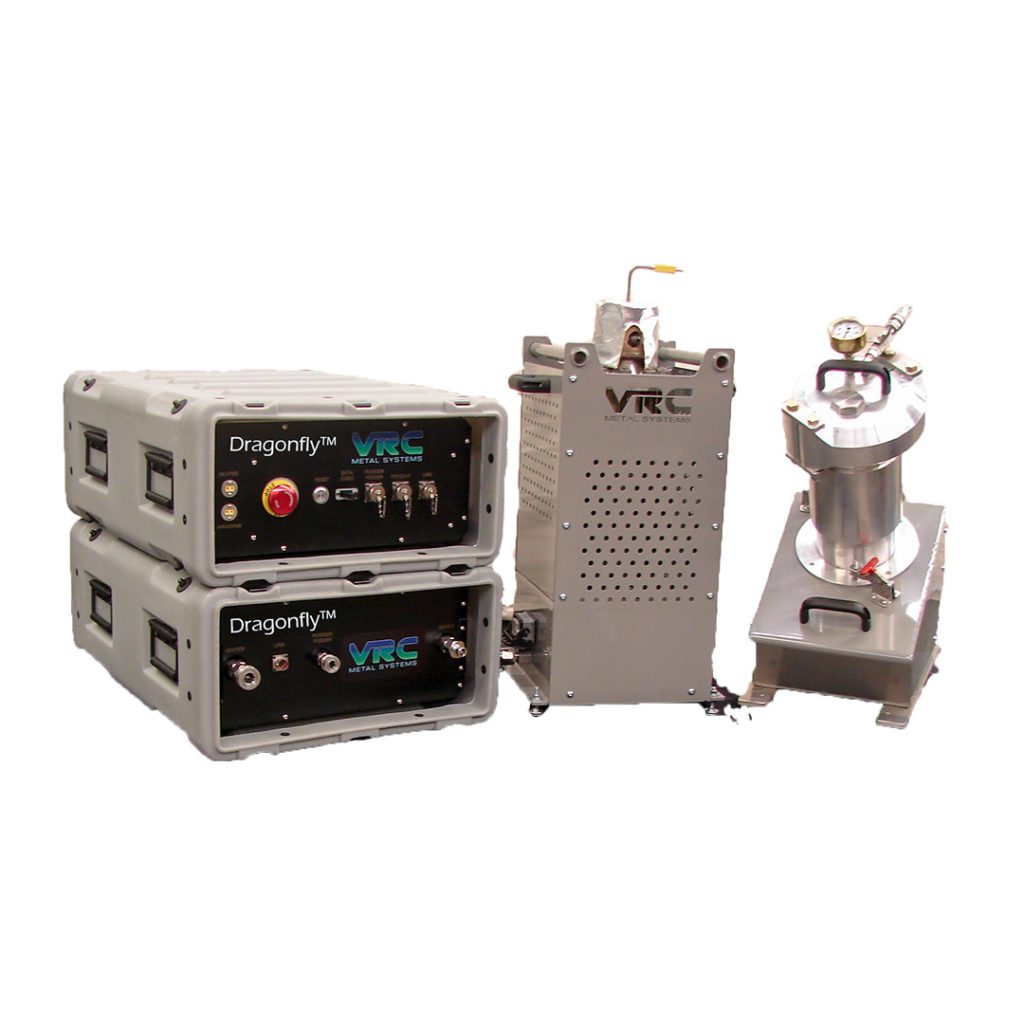
Cold spray enables ship repair with lower metal usage, better bonding, welding-sensitive parts, lower time consumption during repairs, and fewer heat-affected zones after repair.
With mobile cold spray repair, you can enable ship repair at lower costs and improved efficiency. Contact VRC Metal Systems today for advice and a quote for setting up cold spray repairs in your shipyard.


